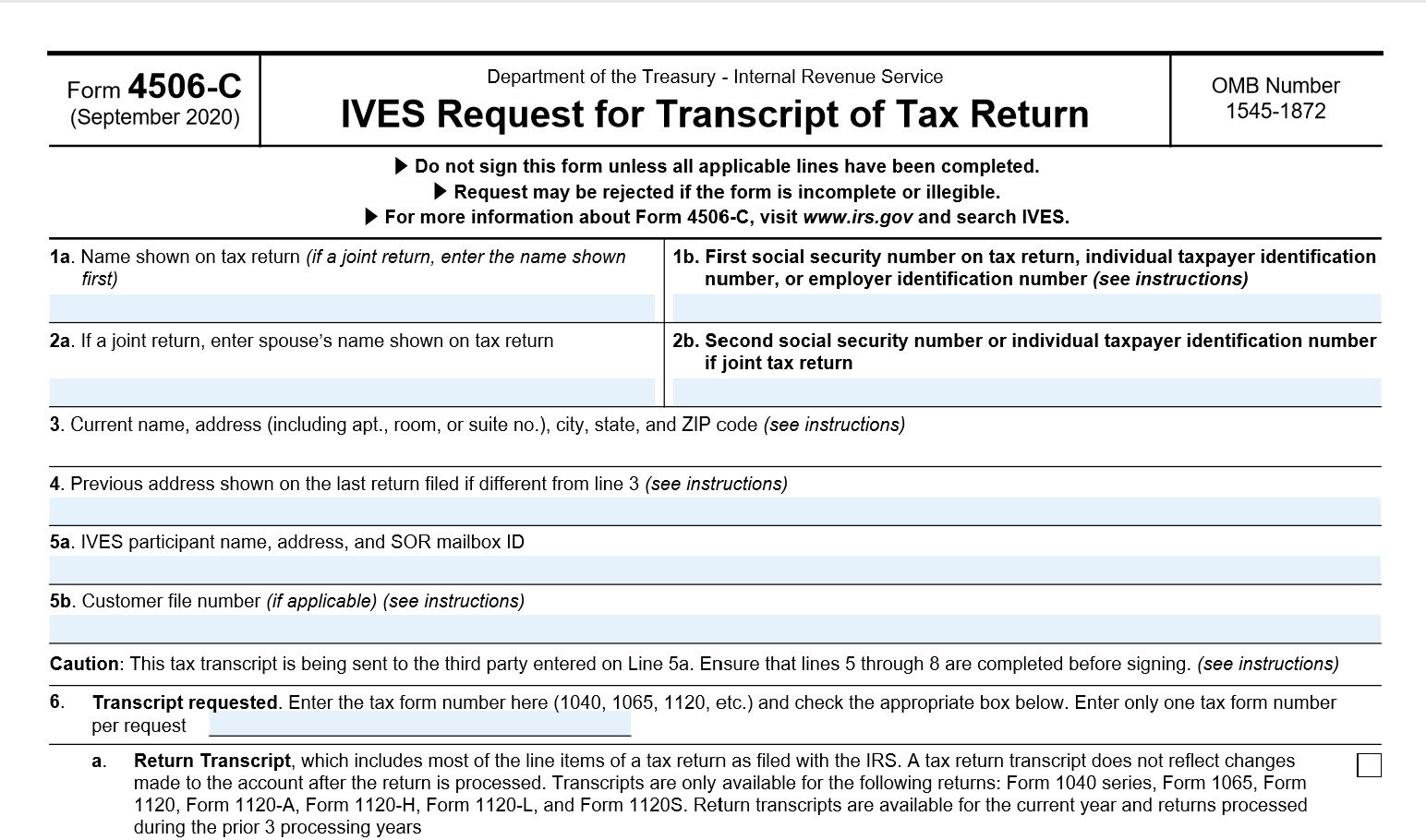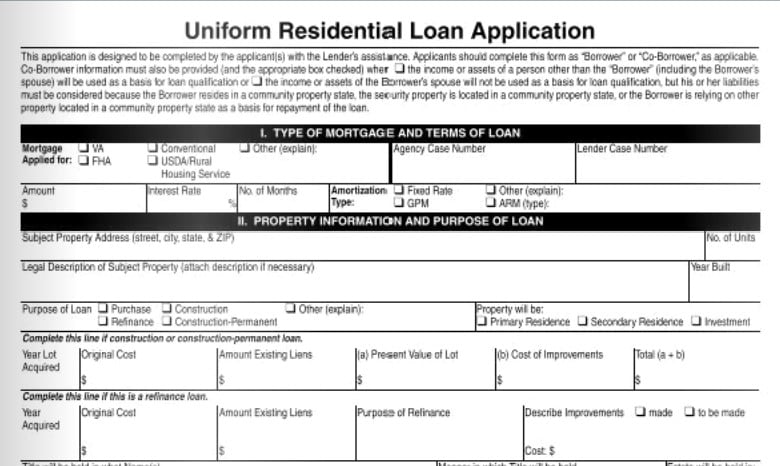The Resurgence of Temporary Buydown Loans
In the current interest rate environment, we have noticed a resurgence of a loan feature which has been dormant for most of the past decade – temporary buydowns. A buydown temporarily reduces the loan interest rate, typically for only the two-to-three-year period following consummation, with the largest difference in the first year and adjusting slowly back up to the loan’s interest rate. This is called a “Step Rate” loan as the rate adjusts on a periodic basis but not on the basis of adjustments to any underlying interest rate like an adjustable-rate mortgage would. As a result of the resurgence, we have received many questions about how these buydowns should display on the disclosures.
How the Buydown is Displayed Depends on Who Pays for it
The main area of confusion for buydowns involves understanding when to expect to see the effect of the buydown in disclosures related to the payment and rate, specifically on the Loan Estimate and Closing Disclosure.
The TRID rule states that disclosures must reflect the terms of the legal agreement between the parties. It is for this reason that you will see a difference in how the payments and rate are disclosed based on who is paying the buydown subsidy at closing. When the buydown subsidy is paid by the borrower, the terms of the legal agreement between the lender and the borrower are that the buydown subsidy will be made available to reduce the regularly scheduled payments. In this case, the LE and CD will show the full effects of the buydown.
In a scenario where someone other than the borrower, e.g., the Lender or the Seller, or any other party, pays for the buydown, the terms of the Temporary Buydown Agreement must include a provision which states that, if for whatever reason the subsidy is not available for any payment, the borrower is responsible for the full payment of principal and interest (as if there were no buydown). Because of this provision (which is required under FNMA/FHLMC guidelines), when someone other than the borrower pays for the buydown, the payment and rate are not disclosed showing the effect of the buydown. Because of the possibility that the terms of the agreement between the parties would make the borrower responsible for the full payment amount at the actual interest rate, the worst-case scenario must be disclosed to the borrower on the LE and CD. In this case, the disclosures will ignore the effect of any buydown.
Showing a Buydown on the LE/CD
There are three areas where one may see an impact from a temporary buydown: the Loan Terms section, the Projected Payments, and the AIR Table.
When there is a temporary buydown paid by the borrower, the Loan Terms will reflect the fact that the payment and rate may change after consummation. Both the Payment Amount and Interest Rate will show a “YES” indicating these may change, with associated bullets to explain the changes that may occur. The rate disclosures will indicate that the rate may change with the frequency as indicated by the buydown, typically on an annual basis but it may also occur over a shorter period such as 6 months, and the point at which the highest rate will be achieved and what that rate would be, which typically would be the loan’s actual interest rate from which the rate was bought down.
A temporary buydown paid by anyone other than the borrower will show no difference in the Loan Terms section, disclosing no changes to the payment or rate after consummation.
For a fixed loan with a bought down rate and subsidy paid by the borrower, the Projected Payments will show the effects of the buydown on the adjustment period as set in the buydown, e.g., showing a payment adjustment on an annual basis as a result of the step rate, until the loan’s interest rate is achieved.
When a temporary buydown is paid by anyone other than the borrower there will be no change shown in the Projected Payments.
When a temporary buydown is paid by the borrower, the effects of the buydown must be disclosed in an AIR Table on the LE and CD. The AIR Table will indicate the number of adjustments that will occur during the temporary buydown, the starting rate and the minimum and maximum rates, as well as the frequency of the change in the rates and difference between each adjustment. If the subsidy is paid by anyone other than the borrower, the AIR table will not appear to show a buydown.
Related Content:
Let us digitally transform your mortgage process for increased efficiency and ROI. See how by scheduling a demo today.
Topics from this blog: Compliance
BackSearch the Blog
- Recent
- Popular
- Topics










List By Topic
- Compliance (100)
- eClosing (85)
- eSign (71)
- Awards (70)
- Integrations (57)
- Industry Publications (52)
- Total eClose (44)
- eNotes (34)
- Remote Online Notarization (31)
- Document Generation (30)
- eDisclosures (25)
- GSEs (18)
- eVault (18)
- eNotary (16)
- SmartCLOSE (13)
- LoanMagic (12)
- eDelivery (11)
- Philanthropy (8)
- Partnerships (7)
- Industry Insight (4)
- AutoPrep (3)
Subscribe Here
Download the Truliant Federal Credit Union Case Study
Truliant took several key steps to refine its 100% digital eClosing process — including finding the right technology partner.
